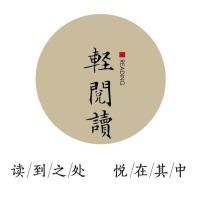Stilt Houses: The Floating Homes of Myanmar’s Waterborne Communities


On Inle Lake in the Shan Hills of northern Myanmar, more than 180 floating villages dot the 480-square-kilometer lake, home for generations of the Intha people. For this water-based community, the lake is not only a home but also the foundation of their livelihood and culture.


Intha houses are built on wooden stilts using wood, reeds, and bamboo, floating like small islands.
With no roads connecting the villages, boats are the only means of transportation. Markets, schools, temples, and small shops all sit on the water, with people navigating the narrow waterways throughout the day.


The lake sustains their economy. Fishing is the most traditional livelihood, with the unique one-leg rowing technique becoming a hallmark of Inle Lake.


Floating gardens made of water plants and soil are equally important. On these movable plots, the Intha grow tomatoes, cucumbers, and other crops, which they transport to the floating markets for sale.

In recent years, handicrafts and tourism have provided new sources of income, attracting visitors from around the world to experience life on the lake.

Outsiders often refer to the Intha as the “water gypsies.” Their pace of life is slow and peaceful, yet self-sufficient and well-organized. Fishermen row and cast nets, farmers harvest from floating gardens, and children travel by boat to school, creating the distinctive daily rhythm of Inle Lake.
With the growth of tourism, local authorities and communities are exploring ways to improve living conditions while protecting the lake’s ecosystem, ensuring that this waterborne culture continues to thrive in the modern era.














